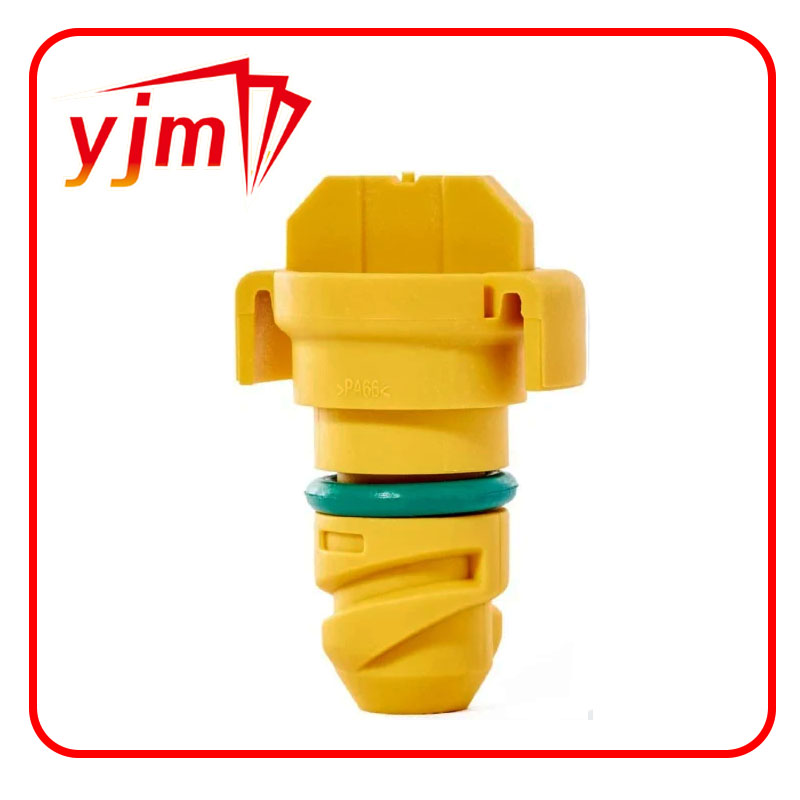Essential Guide to E-Rickshaw Oil Seals and Their Importance in Electric Vehicle Maintenance
Understanding E-Rickshaw Oil Seals Importance and Maintenance
The increasing popularity of e-rickshaws as an eco-friendly mode of urban transport has paved the way for various components that ensure their efficient operation. One such critical component is the oil seal. E-rickshaw oil seals play a vital role in maintaining the smooth functioning of the vehicle, specifically in its motor and transmission systems. Understanding their purpose, types, and maintenance can help e-rickshaw owners and operators keep their vehicles in optimal condition.
What is an Oil Seal?
An oil seal is a mechanical device used to seal the interfaces between two components, typically where rotating parts meet stationary parts. In e-rickshaws, oil seals help prevent oil leaks, protect the internal components from contaminants, and maintain the necessary lubrication within the motor and transmission systems. This is essential for the longevity of the vehicle, as leaks can lead to significant mechanical failures and costly repairs.
Types of Oil Seals in E-Rickshaws
There are various types of oil seals utilized in e-rickshaws, each designed for specific applications. The most common types include
1. Rotary Oil Seals These are used primarily to seal rotating shafts. They are designed to maintain a tight fit with the shaft while allowing for smooth rotation, thereby preventing oil from leaking out of the housing.
2. Static Seals These seals are used in non-moving parts, providing a barrier against oil seepage. They are crucial for areas where components are bolted together, such as the engine block and transmission casing.
3. V-Rings A specialized type of seal that is usually used in conjunction with another seal, the V-ring provides added protection against contamination and helps maintain pressure.
4. Lip Seals These seals have a lip that makes contact with the shaft, creating a tight seal that prevents fluids from escaping while ensuring minimal friction.
e rickshaw oil seal

Importance of Proper Maintenance
Maintaining the oil seals in an e-rickshaw is essential for the overall health of the vehicle. Worn or damaged oil seals can lead to oil leaks, which can not only compromise the performance but can also result in environmental pollution. Regular inspections and maintenance can help detect issues early on, preventing more extensive damage.
Signs of a Failing Oil Seal
E-rickshaw operators should be aware of the signs that indicate oil seal failure, such as
- Oil Spots Finding oil spots underneath the vehicle could indicate a leaking oil seal. Regularly check the ground beneath the e-rickshaw.
- Decreased Performance If the vehicle's performance drops, it may be due to insufficient lubrication caused by a leak in the oil seal.
- Unusual Noises Grinding or whining noises from the motor or transmission could signal that the oil seal is failing, leading to inadequate lubrication and potential damage.
Conclusion
In conclusion, the oil seal plays a fundamental role in the operation of e-rickshaws, ensuring that oil stays where it is needed and preventing contaminants from entering critical components. Understanding different types of oil seals and their functions can help operators maintain their vehicles effectively. Regular inspections and timely maintenance can not only prolong the life of the e-rickshaw but also enhance its performance, making it a reliable mode of transportation in urban settings. By keeping an eye on the health of oil seals and addressing any issues promptly, e-rickshaw operators can enjoy a smoother and more efficient ride.
-
The Ultimate Guide to Boat Propeller Bearings and Trailer Wheel Bearings
News Jul.31,2025
-
The Essential Guide to Marine Bearings and Boat Trailer Wheel Bearings
News Jul.31,2025
-
The Complete Guide to Heavy Duty Seals: Protecting Doors and Spaces Efficiently
News Jul.31,2025
-
Essential Guide to Marine Shaft Bearings and Boat Trailer Axle Bearings
News Jul.31,2025
-
Comprehensive Guide to Marine and Trailer Bearings for Safe Boating and Transport
News Jul.31,2025
-
Comprehensive Guide to Automotive Oil Seals: Protecting Your Engine and Shafts
News Jul.31,2025
-
Understanding Automotive Oil Seals: Essential Components for Engine and Shaft Protection
News Jul.30,2025
Products categories















